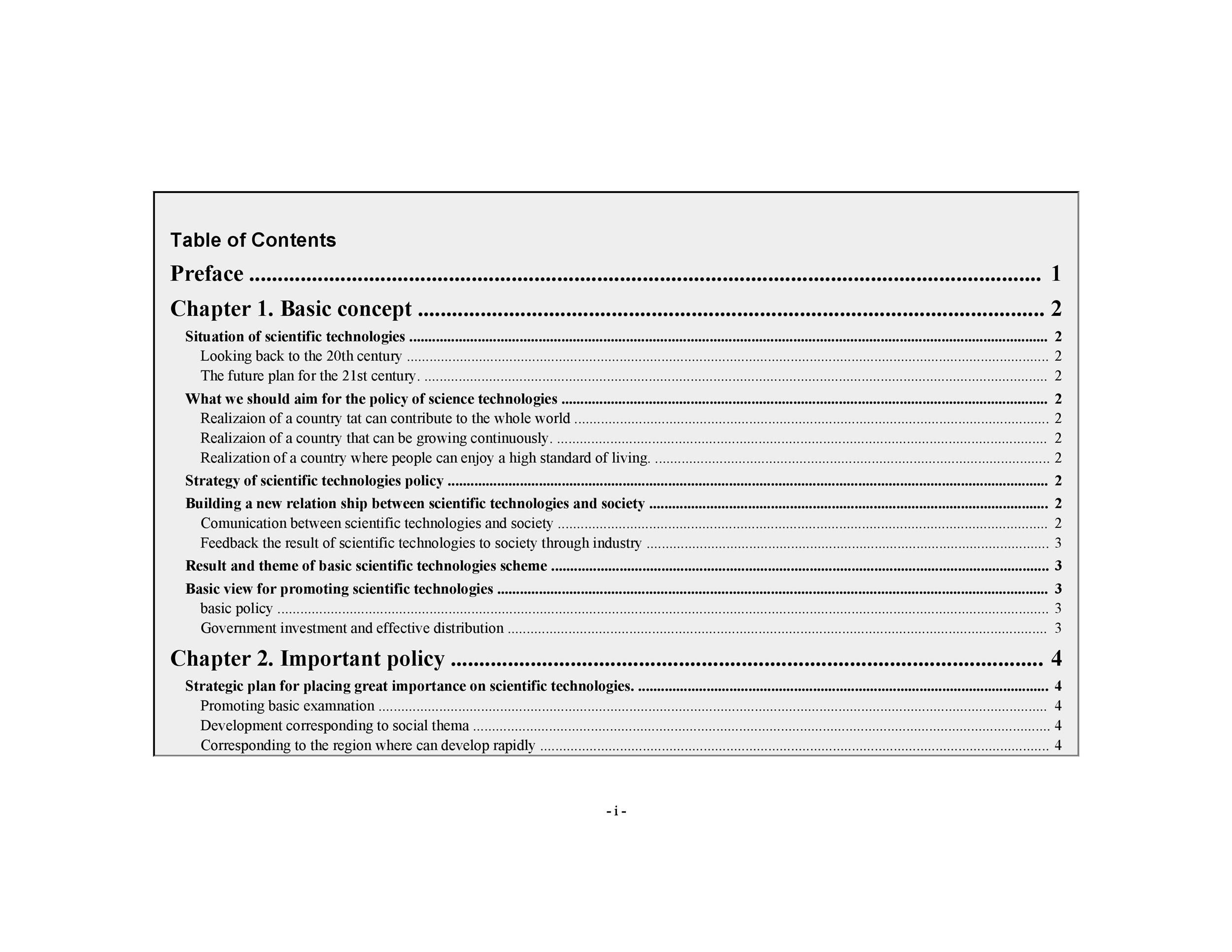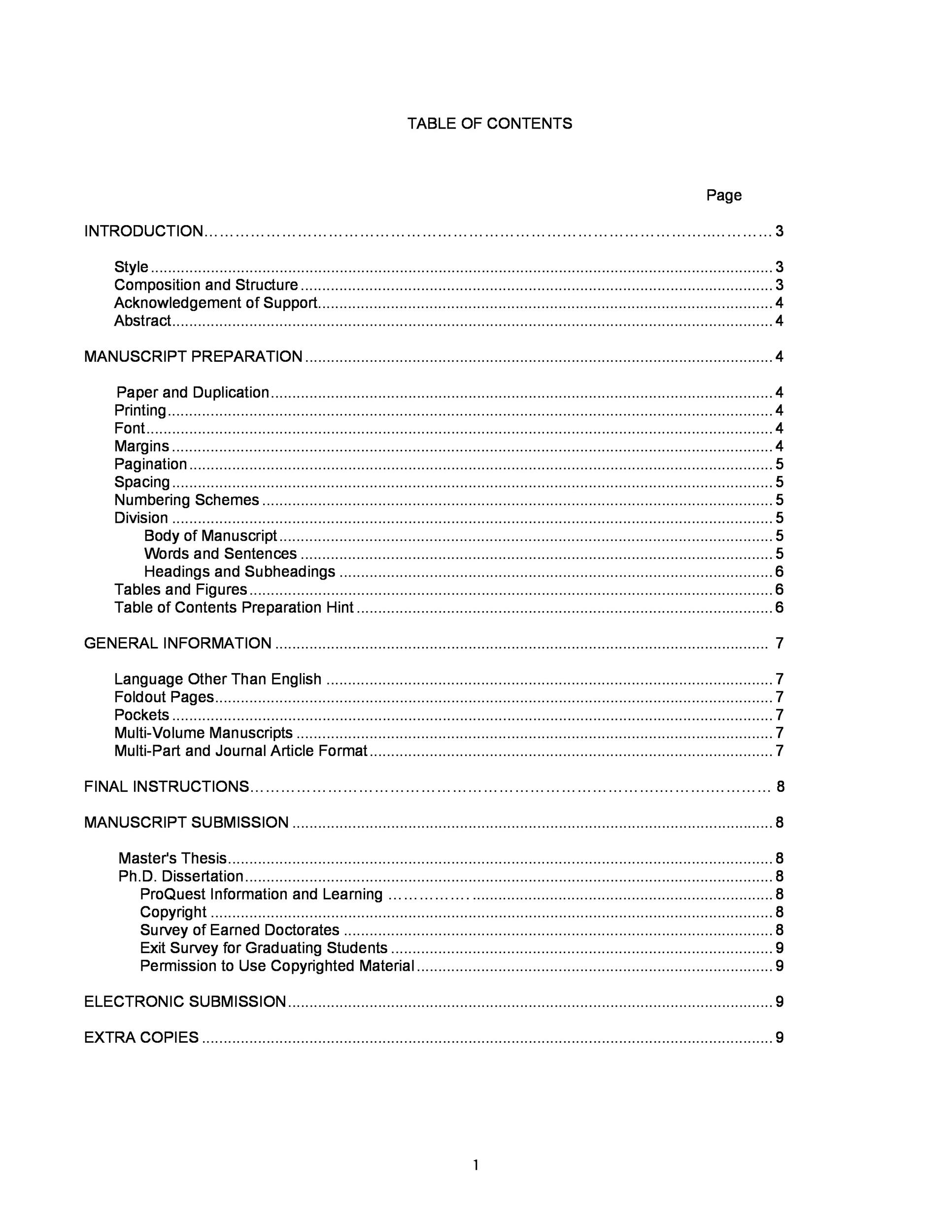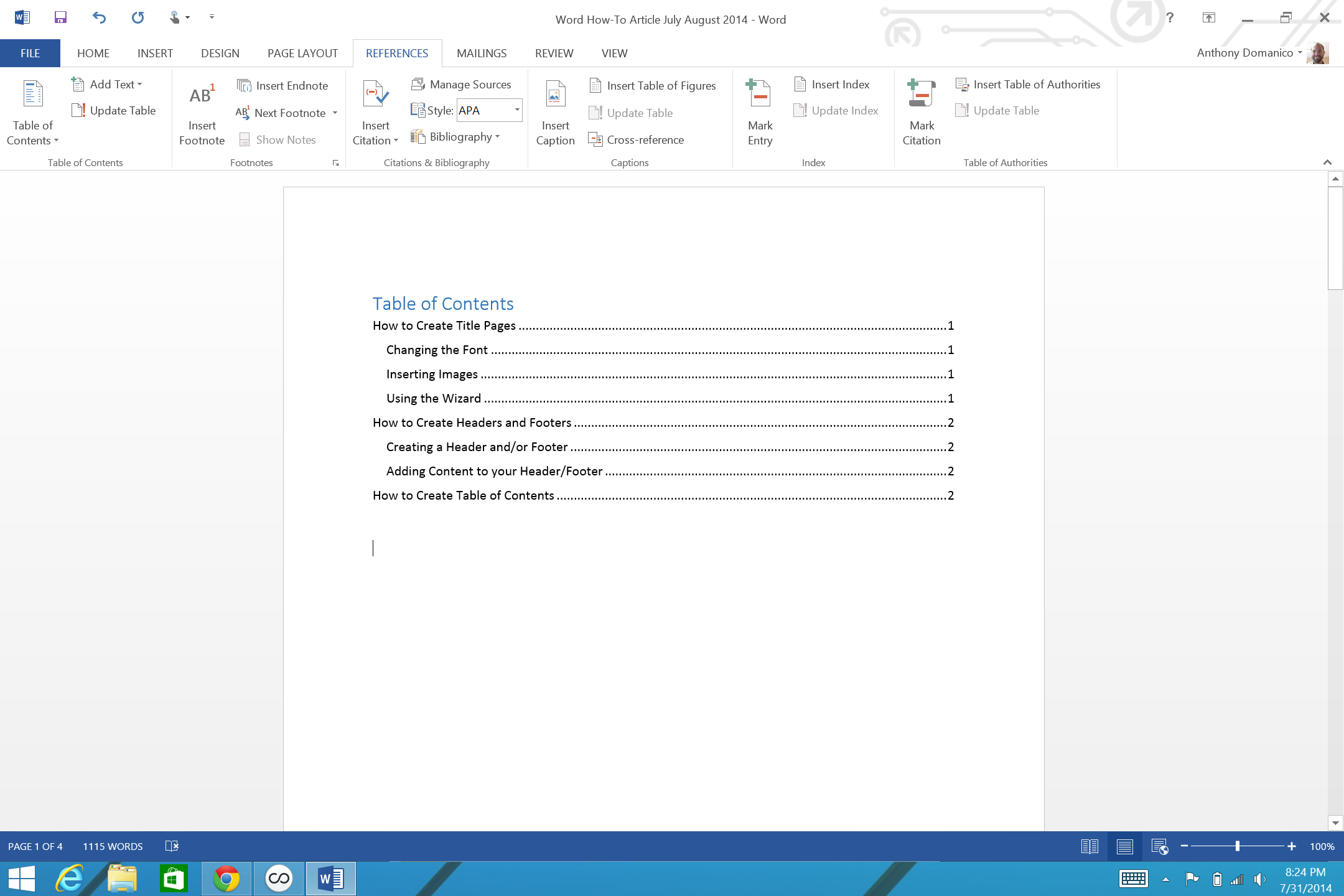
If 'True': The field's label comes from the related Data Element Concept (D.E.C) in the add-on repository. But, the 'age' field in the 'Employee' table is also a D.E.C. If 'False': The field's info-tip is not enriched with the definition of its associated D.E.C.įor instance, the 'age' field is a Property in the add-on repository with its own definition. If 'True': The field's info-tip displays the definition of its associated Data Element Concept (D.E.C.). If 'False': The DMA context is not used by default. If 'True': The DMA context is used by default. If the main context and alternative context are not implemented, then the DMA context can be used to define the tool-tip: The alternative context that determines the definition provided by the add-on repository when the main context can not be fulfilled. The main context that determines the definition provided by the add-on repository. If 'False': The data model provides the field label. If 'True': The add-on repository provides the field label. If 'False': The data model provides the information for the table label. If 'True': The add-on repository provides the table label. If 'False': The data model provides the information for the info-tip.

If 'True': The add-on repository provides the info-tip. The data model to which the API configuration applies. The data space for the add-on repository to use. The user profile to which this add-on API configuration applies. Please refer to the Java doc for a technical description of the API.

The table below describes the properties that you can configure. If you have administrative access, you can configure the add-on's info-tips and labels by opening the 'Administrative' tab > 'Metadata Management' > 'TIBCO EBX® Information Governance Add-on > 'Infotip and labels'. Step 2: Navigate to the 'Data model properties' and in the 'Documentation' field select the API class you just added. Step 1: Add the default API class ".IGovLabelingSchemaDocumentation" to the data model's Component library.

To configure how this information displays, see the next section 'Configuring tooltips and labels'.

Once a data model has been extended with the following declaration, tool-tips and labels applied to the tables and fields are retrieved from the governance repository.
#TABLE OF CONTEXTS UPDATE#
For instance, a table in the data model with a default label of 'Empl', will automatically display as 'Employee' or 'Staff' depending on the context with which a user's profile is associated.Īs highlighted in the next section, the add-on's API needs to be declared in order to use the governance repository to dynamically update tips and labels.ĭeclaring the add-on's API in a data model You can associate a user profile with a context so that those users will see information specific to their needs. Rather than using values specified in the data model, definitions can be enriched from the EBX® Information Governance Add-on repository.


 0 kommentar(er)
0 kommentar(er)
